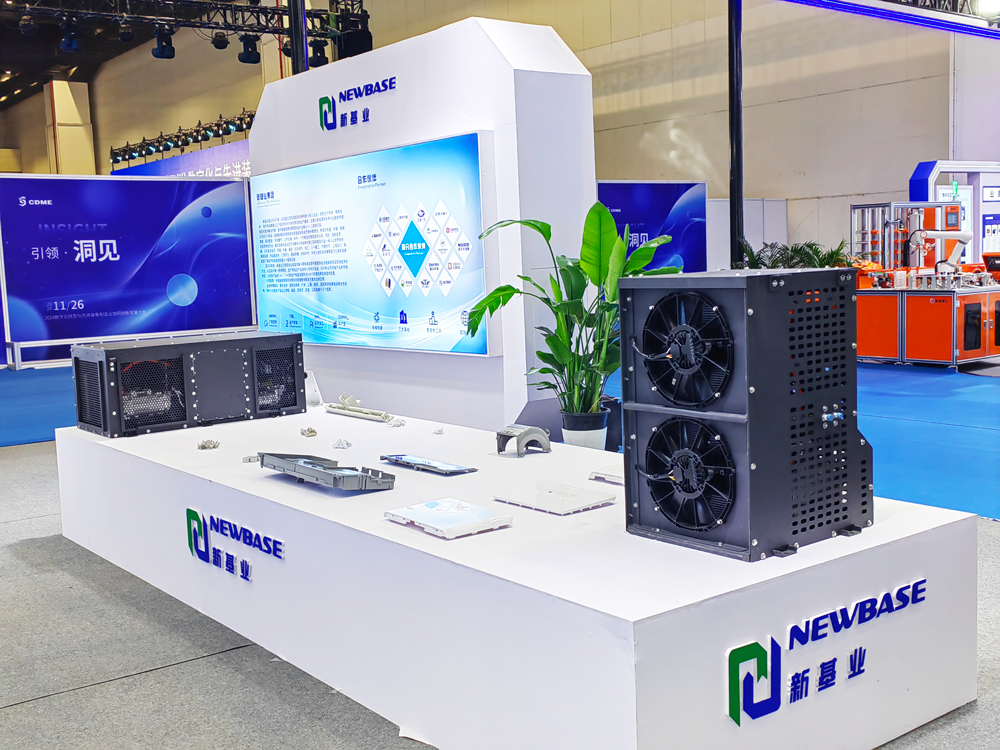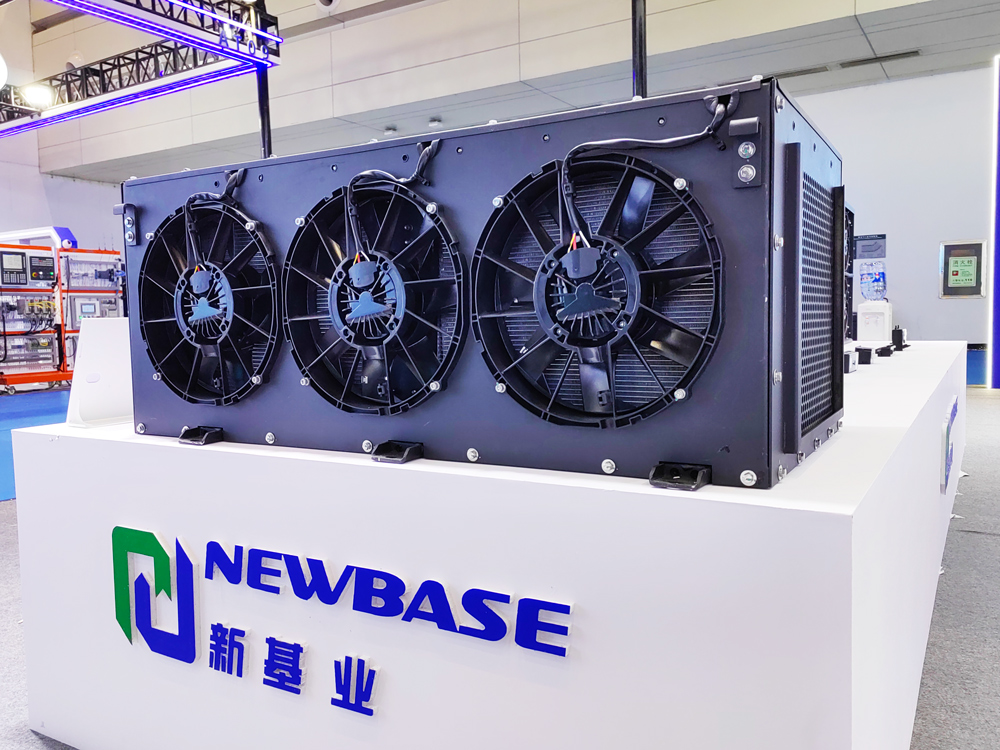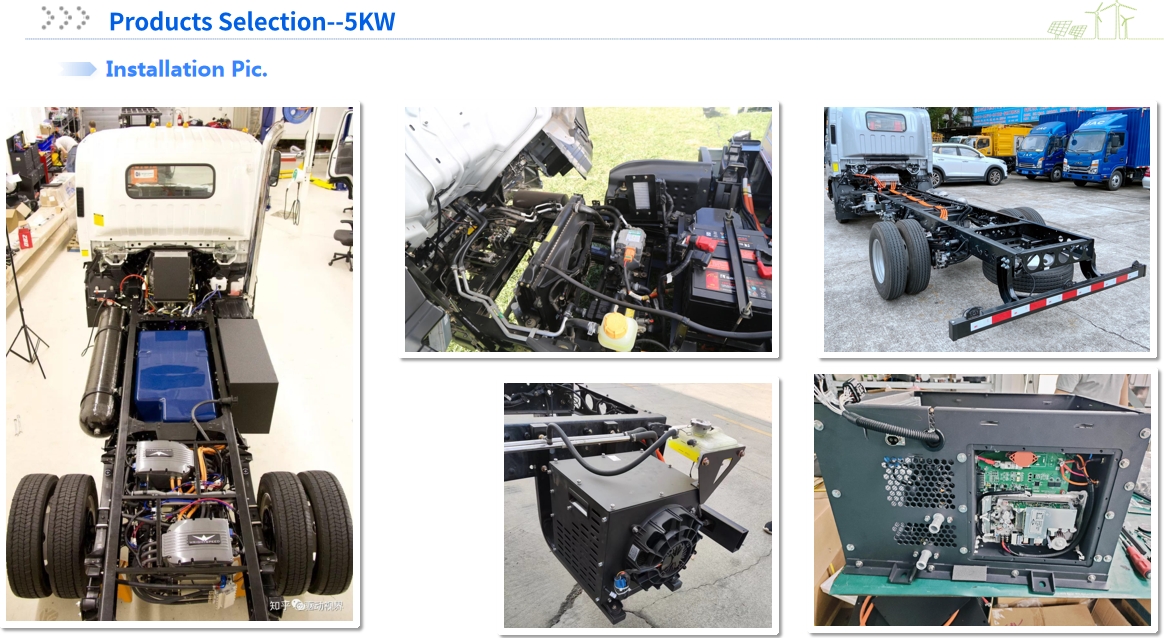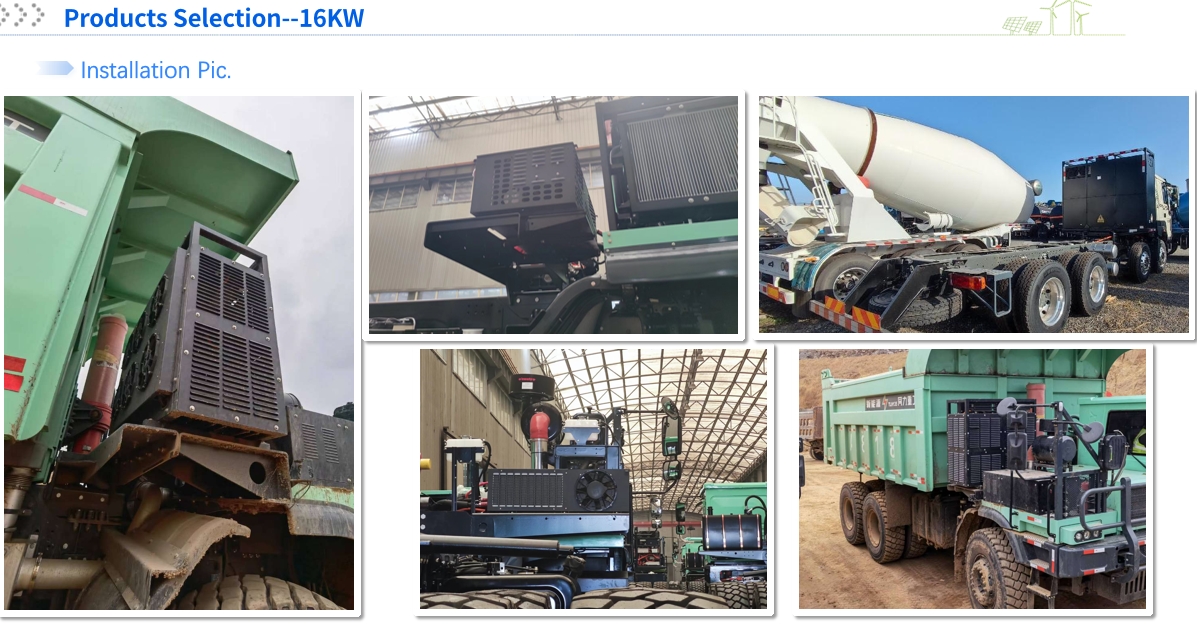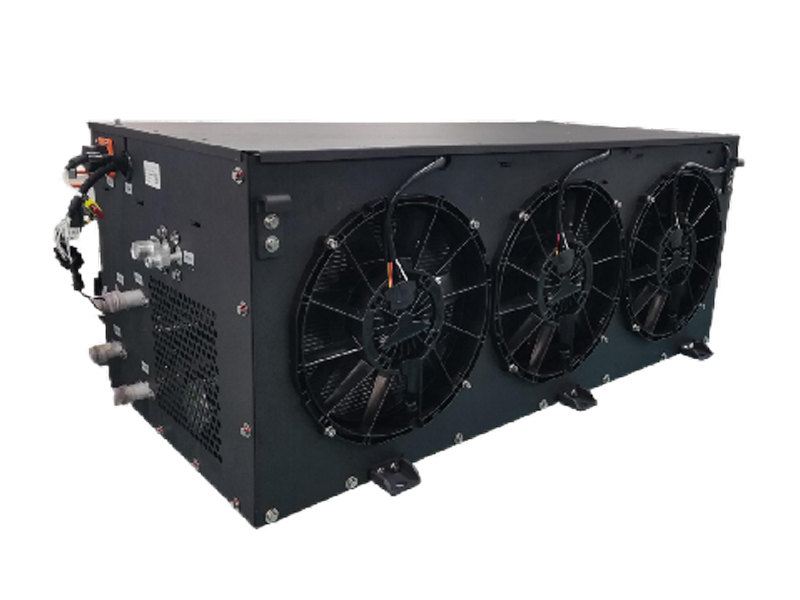BTMS Water-Cooled Unit Classification
To meet specific scenarios and actual customer requirements (such as BCS + air conditioner, BCS + air conditioner + motor cooling, integrated thermal management with heat recovery function, etc.), our BTMS water-cooled units are available in 5KW, 8KW, 10KW, 12KW, and 16KW models.
---
5KW Model
1. Configurable to achieve a cooling capacity of 5kW through adjustments.
2. Optional inclusion of a PTC liquid heater (6-14kW) with standby, cooling, heating, and self-circulation working modes.
3. Equipped with CAN2.0 communication.
4. Features fault self-diagnosis functionality.
5. Supports real-time power information upload.
6. Complies with Class III EMC requirements.
7. Unit weight ≤ 40kg.
---
8KW Model
1. Optional inclusion of a PTC liquid heater with standby, cooling, heating, and self-circulation working modes.
2. Capable of networked control.
3. Equipped with CAN2.0 communication.
4. Features fault self-diagnosis functionality.
5. Supports real-time power information upload.
6. Complies with Class III EMC requirements.
7. Unit weight: 50kg ± 2kg.
---
10KW Model
1. Optional inclusion of a PTC liquid heater (6-14kW) with standby, cooling, heating, and self-circulation working modes.
2. Equipped with CAN2.0 communication.
3. Features fault self-diagnosis functionality.
4. Supports real-time power information upload.
5. Complies with Class III EMC requirements.
6. Unit weight ≤ 68kg.
---
12KW Model
1. Optional inclusion of a PTC liquid heater with standby, cooling, heating, and self-circulation working modes.
2. Equipped with CAN2.0 communication.
3. Features fault self-diagnosis functionality.
4. Supports real-time power information upload.
5. Complies with Class III EMC requirements.
6. Unit weight: 110kg ± 4kg.
---
16KW Model
1. Optional inclusion of a PTC liquid heater with standby, cooling, heating, and self-circulation working modes.
2. Equipped with CAN2.0 communication.
3. Features fault self-diagnosis functionality.
4. Supports real-time power information upload.
5. Complies with Class III EMC requirements.
6. Unit weight ≤ 110kg.
---
